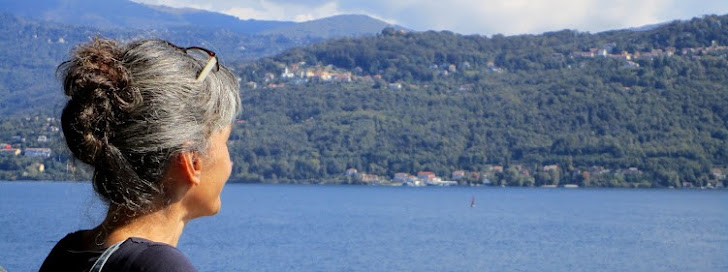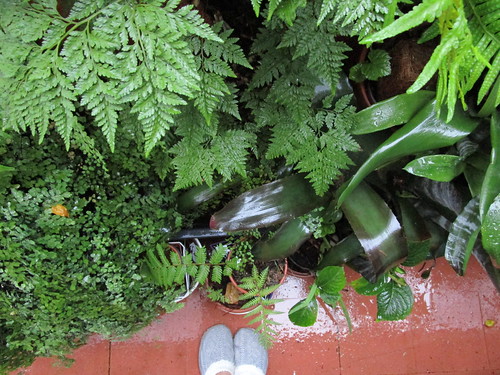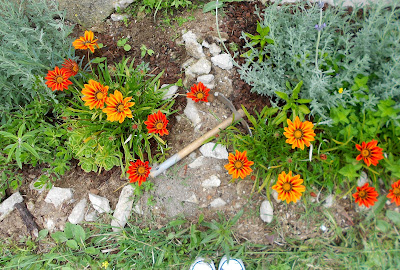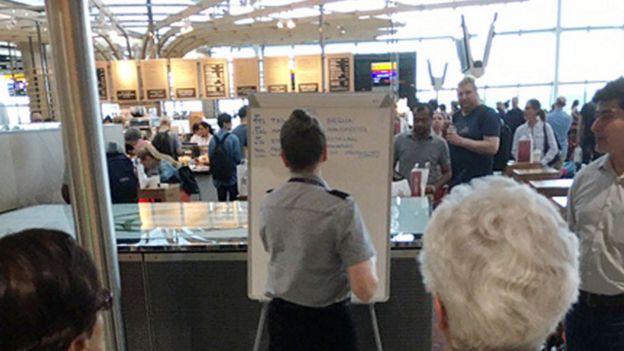
"The person figured here is not an autonomous, rational actor but an unfolding, shifting biography of culturally and materially specific experiences, relations, and possibilities inflected by each next encounter (...) in uniquely particular ways." (Lucy Suchman, Human-machine reconfigurations: plans and situated actions, 2009, 281)
Dec 24, 2017
Dec 3, 2017
Nov 25, 2017
Nov 2, 2017
Nov 1, 2017
Morning glory
Oct 20, 2017
European atlas of forest Tree species
European Atlas of Forest Tree Species "is both a scientific publication, in which researchers and forest specialists can find rigorous and up-to-date information on the many tree species of our forests, and a publication suited for education and the dissemination of information about the richness of our forests to our generation and future generations. (...) Each chapter of the Atlas presents, in addition to the description of each tree species, high quality graphics and photographs showing the climatic preferences and singularities of the different species of trees." San-Miguel-Ayanz, J., de Rigo, D., Caudullo, G., Houston Durrant, T., Mauri, A. (Eds.), 2016. European Atlas of Forest Tree Species. Publication Office of the European Union, Luxembourg. Image by Alfonso San Miguel, 2006. Image: Holm oak (Quercus ilex) in spring, Despeñaperros Natural Park (Andalusia, Spain).
Updated link for publication 2021 12 29.
Oct 14, 2017
Passaram 11 anos
... sobre a Resolução do Conselho de Ministros n.º 124/2006 (Diário da República, Série I, de 2006-10-03) onde se anunciava a reviravolta do sistema dos laboratórios do Estado. Entre outras entidades científicas a extinguir, lia-se no ponto 5, do anexo:
"É extinto o Instituto Nacional de Engenharia, Tecnologia e Inovação (INETI), sendo os seus recursos científicos e tecnológicos, humanos e materiais reorganizados e integrados noutros laboratórios, centros tecnológicos, instituições de ensino superior e consórcios a criar. Em particular, as infra-estruturas do INETI transformam-se em parque de ciência e tecnologia com a participação e gestão de universidades, laboratórios associados e laboratórios do Estado e alargam-se a parcerias com empresas, no quadro de projectos definidos, organizando-se ainda como espaço de acolhimento de programas europeus de I&D."
Oct 6, 2017
Sep 23, 2017
fair/fear
Sep 22, 2017
Layers
 |
| September in the garden, 2017. Monica Pinheiro, license CC BY-NC-SA (CC) |
Sep 12, 2017
Do what you can,
with what you have, wherever you are.
 |
| See initial sketch from last year. Monica Pinheiro, license CC BY-NC-SA (CC) |
Aug 29, 2017
increasing diversity
Jun 12, 2017
Jun 11, 2017
May 28, 2017
Apr 24, 2017
Ginko
Feb 2, 2017
(im)mobility systems
"(...) interdependent systems of 'immobile' material worlds, and especially exceptionally immobile platforms (transmitters, roads, garages, stations, aerials, airports, docks) structure mobility experiences. The complex character of such systems stems from their multiple fixities or moorings, often on a substantial physical scale. Thus 'mobile machines', such as mobile phones, cars, boats, aircraft, trains and computer connections, all presume overlapping and varied time-space immobilities. There is no linear increase in fluidity without extensive systems of immobility."Anthony Elliott & John Urry (2010). Mobile Lives. Routledge, p. 20.
 |
October 16, 2009 Image by Monica Pinheiro, license CC BY-NC-SA (CC) |
Feb 1, 2017
Human-Built World
"Technology is messy and complex. It is difficult to define and to understand. In its variety, it is full of contradictions, laden with human folly, saved by occasional benign deeds, and rich with unintended consequences." Hughes, T. P. (2004). Human-Built World: How to Think about Technology and Culture. University Of Chicago Press.
 |
| Image by Monica Pinheiro, license CC BY-NC-SA (CC), November 17, 2009 |















